Home>Articles>How Long Do Stainless Steel Chimney Liners Last
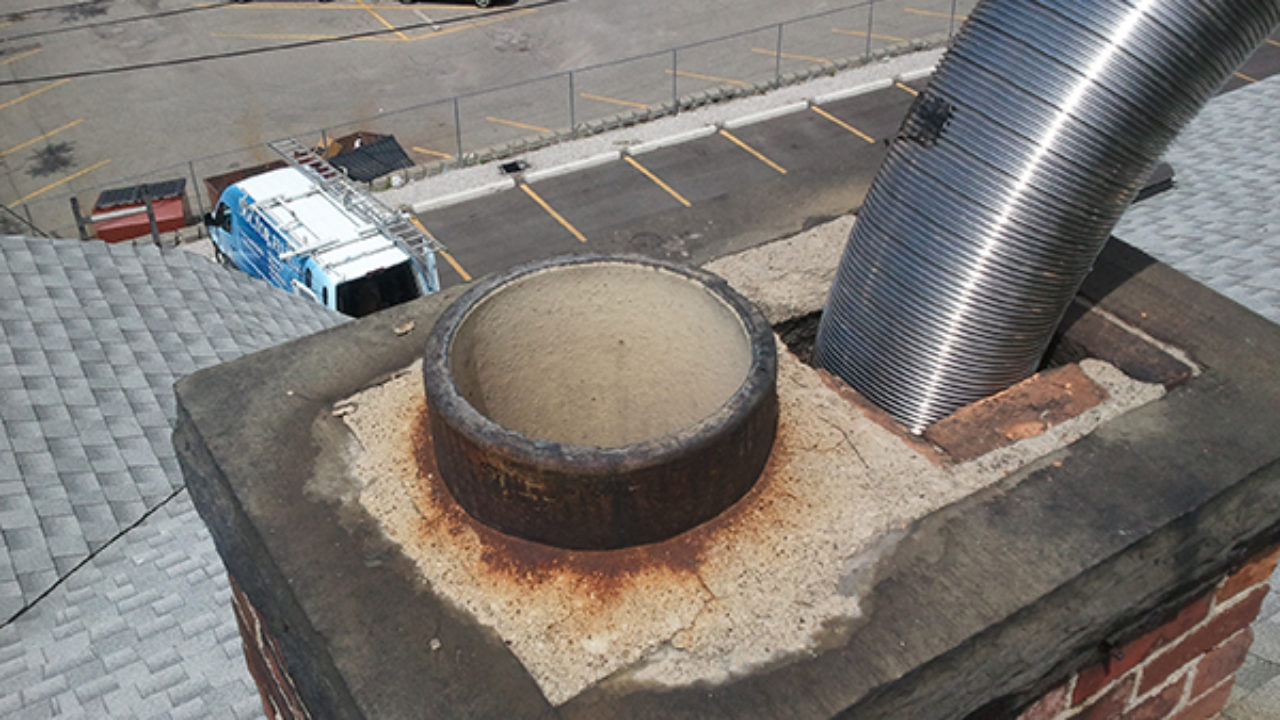

Articles
How Long Do Stainless Steel Chimney Liners Last
Modified: February 24, 2024
Discover the lifespan of stainless steel chimney liners in our informative articles. Learn how long they typically last and when to consider replacement.
(Many of the links in this article redirect to a specific reviewed product. Your purchase of these products through affiliate links helps to generate commission for Storables.com, at no extra cost. Learn more)
Introduction
Welcome to the world of residential heating and ventilation! If you’re a homeowner with a chimney, you’ve likely heard about the importance of chimney liners. Specifically, stainless steel chimney liners are commonly recommended due to their durability and longevity. In this article, we will explore the lifespan of stainless steel chimney liners and provide valuable insights on how to maximize their longevity.
Chimney liners play a crucial role in ensuring the safety and efficiency of your chimney. They are installed inside the flue to protect the surrounding masonry from the corrosive byproducts of combustion, such as creosote and acids. Stainless steel chimney liners are highly regarded for their resistance to corrosion, heat, and moisture. They provide a durable and efficient solution for venting the byproducts of combustion out of your home.
However, like any other component in your home, stainless steel chimney liners have a finite lifespan. This lifespan can be influenced by various factors, including the type of fuel being burned, the frequency of use, and the overall maintenance of the chimney system.
In the following sections, we will delve into the specific factors that can affect the lifespan of stainless steel chimney liners and discuss common signs of failure. We will also provide valuable tips on how you can extend the lifespan of your stainless steel chimney liner, ensuring the safety and efficiency of your chimney for years to come.
So, if you’re curious about how long stainless steel chimney liners last and how to make the most of their lifespan, keep reading!
Key Takeaways:
- Stainless steel chimney liners can last 15-30 years with proper maintenance, but factors like fuel type and installation quality can impact their lifespan. Regular inspections and cleaning are crucial for longevity.
- Signs of a failing stainless steel chimney liner include cracks, rust, odors, and reduced draft. Addressing issues promptly and following safe burning practices can extend the lifespan of the liner.
Read more: How Long To Calipers Last
Importance of Stainless Steel Chimney Liners
Stainless steel chimney liners are an essential component of any chimney system. They offer several key benefits that contribute to the overall safety, efficiency, and longevity of your chimney.
One of the primary roles of a chimney liner is to protect the surrounding masonry from the corrosive byproducts of combustion. Over time, these byproducts, such as creosote and acids, can erode the brick and mortar, leading to chimney deterioration and potential structural issues. A stainless steel chimney liner acts as a barrier, preventing direct contact between the acidic gases and the masonry, thereby prolonging the life of your chimney.
Another significant advantage of stainless steel chimney liners is their ability to improve chimney draft. Proper draft is crucial for efficient combustion and the safe venting of combustion byproducts. When the chimney draft is insufficient, it can lead to a backdraft, causing smoke, carbon monoxide, and other harmful gases to enter your living space. A well-installed stainless steel chimney liner helps maintain optimal draft, ensuring the efficient operation of your heating appliances and reducing the risk of carbon monoxide poisoning.
Furthermore, stainless steel chimney liners offer enhanced insulation properties. They help to retain the heat within the flue, which promotes better combustion and reduces the formation of creosote. Creosote buildup is a common issue in chimneys that burn wood or other solid fuels. It is highly flammable and can lead to chimney fires if not regularly cleaned. The insulation provided by a stainless steel liner helps to minimize creosote formation, reducing the risk of chimney fires and the need for excessive cleaning.
In addition to these benefits, stainless steel chimney liners are known for their durability and resistance to corrosion. Unlike other chimney liner materials, stainless steel effectively withstands the harsh conditions within the flue, including high temperatures, moisture, and corrosive gases. This longevity makes stainless steel chimney liners a cost-effective choice, as they typically require fewer replacements or repairs compared to other liner materials.
Overall, the importance of stainless steel chimney liners cannot be overstated. They protect the integrity of your chimney, improve draft efficiency, reduce the risk of chimney fires, and provide long-lasting performance. The investment in a stainless steel chimney liner is a worthwhile and responsible choice for any homeowner with a chimney.
Factors Affecting the Lifespan of Stainless Steel Chimney Liners
While stainless steel chimney liners are known for their durability, several factors can influence their lifespan. Understanding these factors can help you take proper care of your chimney liner and maximize its longevity.
1. Type of Fuel: The type of fuel you burn in your fireplace or heating appliance can significantly impact the lifespan of your stainless steel chimney liner. Different fuels produce varying levels of heat, moisture, and corrosive byproducts. For example, wood-burning creates higher levels of creosote, which can accelerate the corrosion process. On the other hand, gas-burning appliances produce fewer byproducts and are generally less corrosive. Regular cleaning and maintenance are crucial, especially if you burn wood, to reduce the build-up of creosote and extend the lifespan of your stainless steel liner.
2. Frequency of Use: How frequently you use your fireplace or heating appliance can also affect the lifespan of the chimney liner. The more you use it, the higher the exposure to heat and byproducts of combustion. Regular use may lead to faster deterioration and increased corrosion. If your chimney is used extensively, consider scheduling regular inspections and cleanings to ensure proper maintenance and early detection of any liner damage.
3. Proper Installation: The quality of the installation plays a vital role in the lifespan of your stainless steel chimney liner. Improper installation can lead to poor fit, gaps, or misalignment, which can expose the chimney liner to corrosive gases and excessive heat. Hiring a professional chimney technician with experience in stainless steel liner installation is essential to ensure a proper fit and maximize the lifespan of your chimney liner.
4. Chimney Maintenance: Regular maintenance is crucial for extending the lifespan of your stainless steel chimney liner. This includes annual inspections, cleaning, and repairs as needed. Regular inspections help identify any signs of liner damage, such as cracks or deterioration, early on. Cleaning removes creosote and other debris that can accelerate corrosion. By addressing any issues promptly, you can proactively prevent further damage and optimize the lifespan of your stainless steel liner.
5. Environmental Factors: The environment in which your chimney is located can also impact the lifespan of your stainless steel liner. Exposure to extreme weather conditions, such as heavy rain or extreme cold, can affect the performance and durability of the liner. Additionally, if your chimney is located in a coastal area with high salt content in the air, it can lead to faster corrosion. Regular inspections and maintenance are important, particularly in areas with challenging environmental conditions.
By considering these factors, you can take proactive steps to protect your stainless steel chimney liner and prolong its lifespan. Prioritize regular inspections, maintenance, and proper usage to ensure the safety, efficiency, and longevity of your chimney system.
Common Lifespan of Stainless Steel Chimney Liners
The lifespan of stainless steel chimney liners can vary depending on several factors, including the quality of the liner, the type of fuel burned, the frequency of use, and the overall maintenance of the chimney system. However, on average, a well-maintained stainless steel chimney liner can last between 15 to 30 years.
It’s important to note that this lifespan estimation is a general guideline and not an absolute rule. Factors such as excessive creosote buildup, exposure to extreme weather conditions, poor installation, or lack of regular maintenance can significantly reduce the lifespan of a stainless steel chimney liner.
That being said, stainless steel chimney liners are renowned for their durability and resistance to corrosion. Compared to other liner materials, they tend to have a longer lifespan and require fewer replacements. The high-grade stainless steel used in chimney liners is specifically designed to withstand the high temperatures, corrosive gases, and moisture present in the chimney flue.
In areas with moderate climates and regular usage of heating appliances, a stainless steel chimney liner can last around 20 years or more with proper maintenance. Regular cleaning and inspection help prevent the buildup of creosote and identify any early signs of liner damage, allowing for timely repairs and maintenance to extend the lifespan.
However, the lifespan of a stainless steel chimney liner may be shorter in certain circumstances. For example, if you frequently burn wood or other solid fuels, the accumulation of creosote can reduce the liner’s lifespan. Likewise, if the liner was installed poorly or is exposed to harsh environmental conditions, such as heavy rain or high salt content in coastal areas, it could experience accelerated corrosion and a shorter lifespan.
It’s important to consult a professional chimney sweep or technician to assess the condition of your stainless steel chimney liner and determine its expected lifespan. They can perform a comprehensive inspection, identify any issues, and provide guidance on proper maintenance and care to extend the lifespan of your chimney liner.
Keep in mind that regular inspection and maintenance, including cleaning, can help identify any potential problems early on and address them before they cause significant damage. By investing in proper care and maintenance, you can maximize the lifespan of your stainless steel chimney liner and ensure the safe and efficient operation of your chimney system for years to come.
Stainless steel chimney liners can last 15-20 years with proper maintenance. Regular inspections and cleanings can extend their lifespan.
Signs of a Failing Stainless Steel Chimney Liner
While stainless steel chimney liners are known for their durability, they can still develop issues over time. It’s essential to be aware of the signs of a failing chimney liner so that you can address any problems promptly and prevent further damage. Here are some common signs to look out for:
1. Cracks or Holes: Inspect your chimney liner for visible cracks or holes. These can occur due to the corrosive byproducts of combustion or poor installation. Cracks and holes compromise the integrity of the liner and can result in dangerous gases, like carbon monoxide, leaking into your home. If you notice any damage, it’s crucial to address it as soon as possible.
2. Rust or Corrosion: Stainless steel chimney liners are resistant to corrosion, but excessive exposure to moisture and corrosive byproducts can still lead to rust or corrosion. Check the surface of your liner for any signs of rust or discoloration. If you notice rust spots or areas of corrosion, it’s an indication that the liner may be compromised and require attention.
3. Odors or Smoky Smells: If you detect unusual odors or smoky smells in your home, it could indicate a problem with your chimney liner. A failing liner may not vent the byproducts of combustion effectively, causing these smells to enter your living space. Be vigilant and address any unusual odors promptly to prevent potential health hazards.
4. Excessive Creosote Buildup: Creosote is a sticky, flammable substance that forms when wood or other solid fuels burn. If you burn wood in your fireplace or heating appliance, check for excessive creosote buildup within the chimney. A thick layer of creosote can indicate poor ventilation and may increase the risk of chimney fires. Regular cleaning and maintenance can help prevent creosote buildup and extend the lifespan of your chimney liner.
5. Reduced Draft or Poor Performance: If you notice reduced draft or poor performance from your fireplace or heating appliance, it could be a sign of a failing chimney liner. Poor draft can lead to insufficient airflow, causing smoke to back up into your home. If you experience these issues, have your chimney liner inspected to identify and resolve the underlying problem.
6. Water Leaks: A failing chimney liner can allow water leaks into your chimney, which can cause significant damage to the chimney structure and surrounding components. If you notice water stains or moisture near your chimney, it may indicate an issue with the liner. Addressing water leaks promptly is crucial to preventing further damage and costly repairs.
If you observe any of these signs in your chimney, it is recommended to consult a professional chimney technician or sweep. They can assess the condition of your stainless steel chimney liner, identify any issues, and recommend the appropriate course of action, whether it’s repair, maintenance, or replacement.
Remember, early detection and prompt action are key to preventing further damage and ensuring the safety and efficiency of your chimney system.
Read more: What Size Of Chimney Liner Do I Need
Extending the Lifespan of Stainless Steel Chimney Liners
While stainless steel chimney liners are designed to be durable and long-lasting, there are several steps homeowners can take to extend their lifespan. By implementing proper maintenance practices and following these tips, you can ensure the optimal performance and longevity of your chimney liner:
1. Regular Inspections: Schedule annual inspections with a professional chimney sweep to assess the condition of your stainless steel chimney liner. A thorough inspection can detect any early signs of damage, including cracks, corrosion, or structural issues. By identifying and addressing these problems early on, you can prevent further deterioration and extend the lifespan of your liner.
2. Proper Cleaning: Regular cleaning is crucial for maintaining the efficiency of your stainless steel chimney liner. Creosote and other debris can accumulate over time, leading to reduced airflow and increased risk of chimney fires. Hire a professional chimney sweep to perform annual cleanings and remove any buildup. Proper cleaning will not only improve the performance of your chimney but also help prevent unnecessary wear and tear on the liner.
3. Use Proper Fuels: Ensure that you use the appropriate fuel for your heating appliance. Different fuels produce varying levels of heat and byproducts, which can impact the condition of your stainless steel liner. For example, burning wet or unseasoned wood can lead to more creosote buildup and accelerated corrosion. Follow the manufacturer’s guidelines and use seasoned wood or the recommended fuels to minimize the impact on your liner.
4. Practice Safe Burning Practices: Use your fireplace or heating appliance responsibly. Avoid overloading the firebox with excessive amounts of wood or materials that could produce excessive heat or harmful gases. Additionally, avoid burning trash, treated wood, or other materials that can release toxic fumes or accelerate liner corrosion. Adhering to safe burning practices can help preserve the integrity of your stainless steel liner.
5. Install Chimney Caps and Dampers: Chimney caps and dampers are essential accessories that help protect your stainless steel chimney liner from external elements. They prevent rainwater, debris, and animals from entering the chimney, reducing the chances of moisture damage and corrosion. Installing a high-quality chimney cap and properly functioning damper will help extend the lifespan of your liner.
6. Address Repairs Promptly: If you notice any signs of damage or issues with your stainless steel chimney liner, address them promptly. Don’t ignore cracks, holes, or rust spots, as they can worsen quickly and compromise the liner’s performance and safety. Contact a professional chimney technician who specializes in stainless steel liner repair to assess and resolve the issue promptly.
7. Maintain Proper Ventilation: Ensure that your chimney has proper ventilation to allow for efficient airflow. A well-ventilated chimney reduces the accumulation of harmful byproducts and prevents excessive heat build-up, both of which can lead to liner deterioration. Consult a professional chimney technician to assess and optimize your chimney’s ventilation system if needed.
By following these tips and investing in regular maintenance, you can significantly extend the lifespan of your stainless steel chimney liner. Proper care and attention will not only save you money on potential repairs or replacements but also ensure the safety and efficiency of your chimney system for many years to come.
Conclusion
Stainless steel chimney liners play a vital role in maintaining the safety, efficiency, and longevity of your chimney system. These durable liners provide protection against corrosive byproducts, improve draft efficiency, and enhance insulation. By understanding the factors that impact their lifespan and taking proactive measures, you can extend the life of your stainless steel chimney liner and enjoy a reliable and efficient chimney system for years to come.
We discussed the importance of stainless steel chimney liners in safeguarding your chimney and home from potential damage. These liners act as a barrier, protecting the masonry from the corrosive effects of combustion byproducts such as creosote and acids. Additionally, they improve draft efficiency, reduce the risk of chimney fires, and offer long-lasting performance due to their resistance to corrosion.
Factors such as the type of fuel being burned, the frequency of use, proper installation, and regular maintenance can significantly impact the lifespan of your stainless steel chimney liner. By being aware of these factors, you can take proactive steps to enhance the durability and performance of your chimney liner.
Furthermore, we explored common signs of a failing chimney liner, including cracks or holes, rust or corrosion, odors or smoky smells, excessive creosote buildup, reduced draft or poor performance, and water leaks. Recognizing these signs is crucial in identifying potential issues and seeking professional assistance to prevent further damage and ensure the safety of your chimney system.
Lastly, we provided valuable tips on how to extend the lifespan of your stainless steel chimney liner. Regular inspections, proper cleaning, using appropriate fuels, practicing safe burning practices, installing chimney caps and dampers, addressing repairs promptly, and maintaining proper ventilation are all essential for maximizing the longevity of your chimney liner.
By implementing these recommendations and investing in the necessary maintenance and care, you can enjoy a longer lifespan for your stainless steel chimney liner. Remember, a well-maintained chimney liner not only ensures the safety of your home but also contributes to the efficiency and performance of your heating appliances.
In conclusion, prioritize regular inspections, cleanings, and proper usage to extend the lifespan of your stainless steel chimney liner. Consult a professional chimney technician for expert advice and assistance when needed. By doing so, you can have peace of mind, knowing that your chimney system will continue to provide warmth and comfort for years to come.
Frequently Asked Questions about How Long Do Stainless Steel Chimney Liners Last
Was this page helpful?
At Storables.com, we guarantee accurate and reliable information. Our content, validated by Expert Board Contributors, is crafted following stringent Editorial Policies. We're committed to providing you with well-researched, expert-backed insights for all your informational needs.
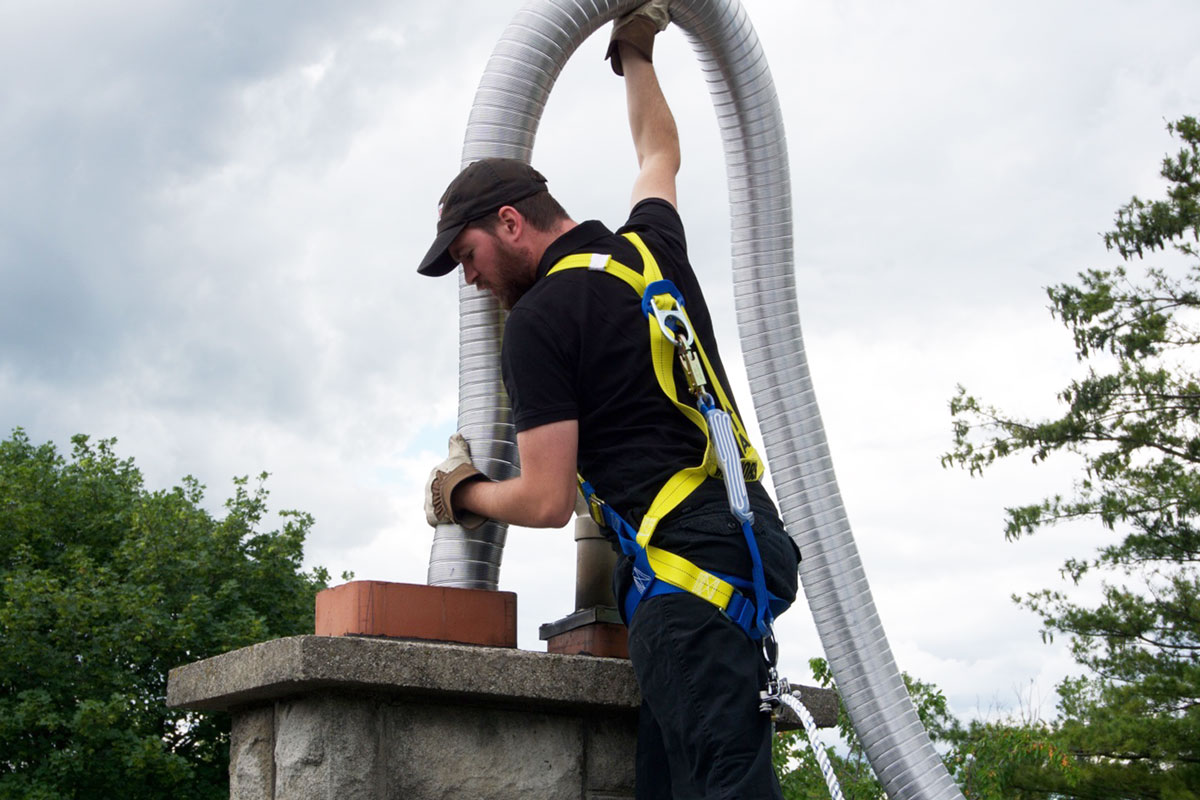
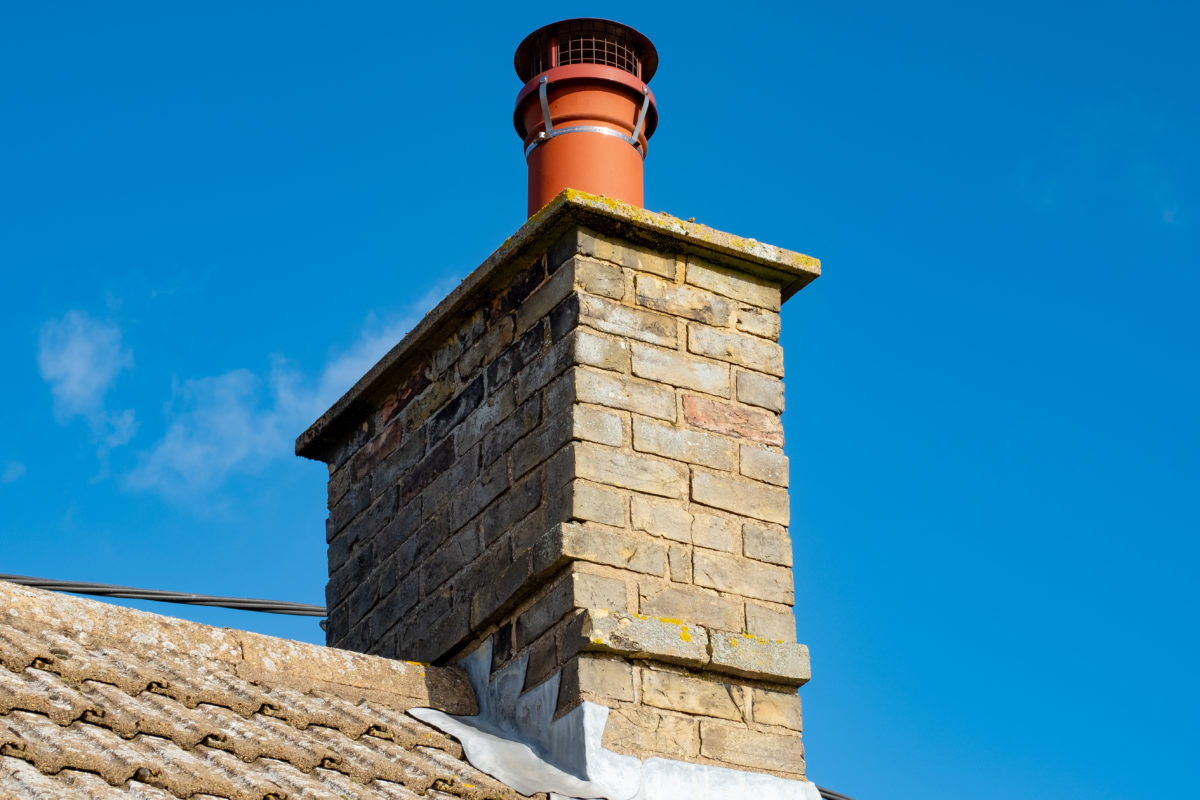
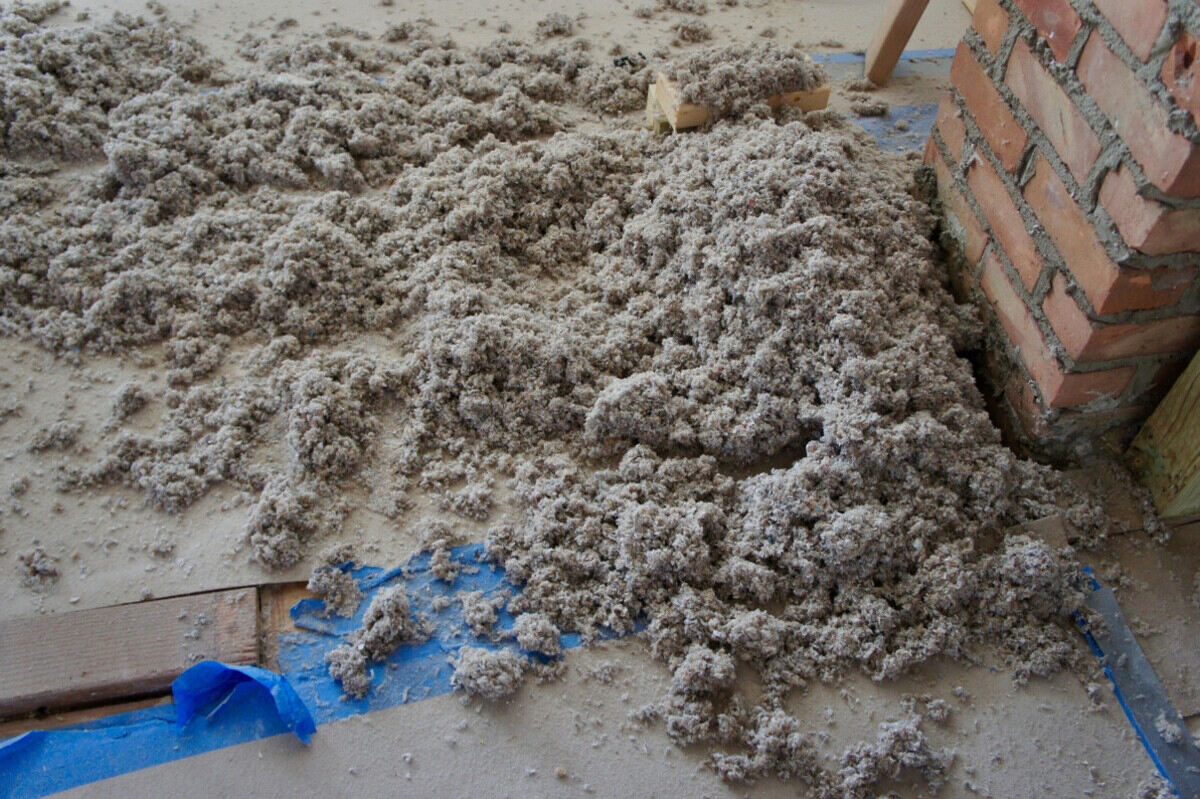
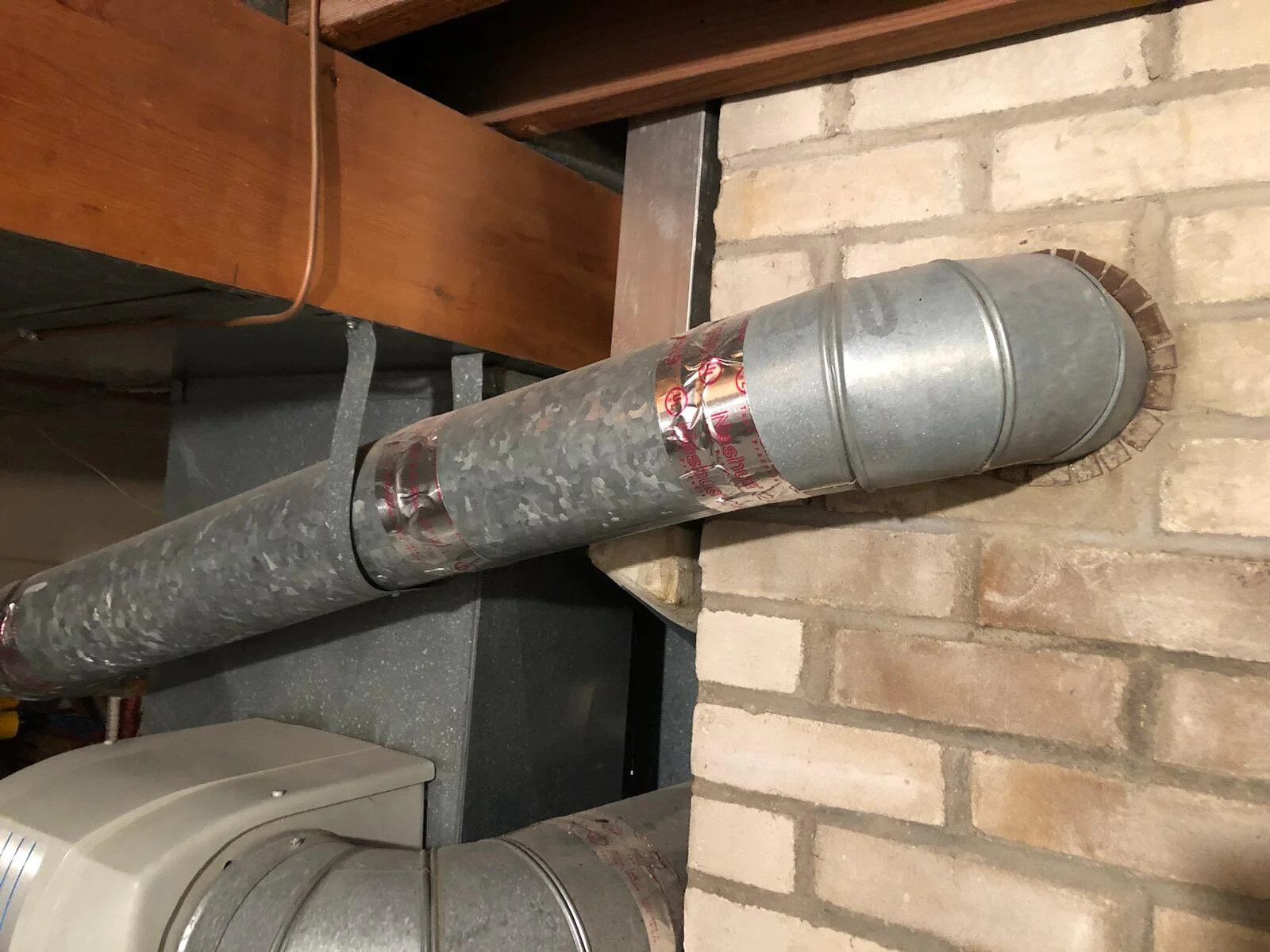
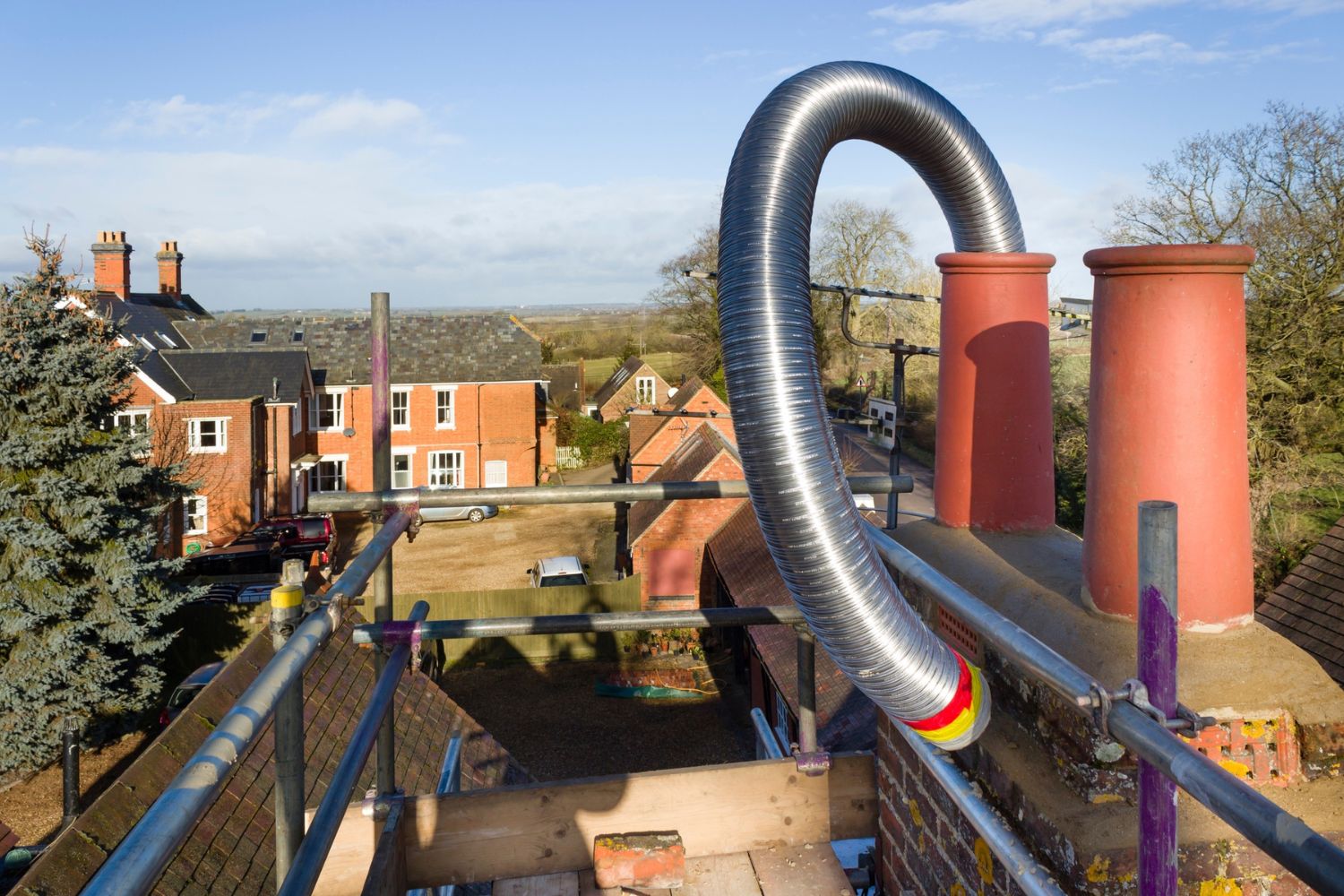
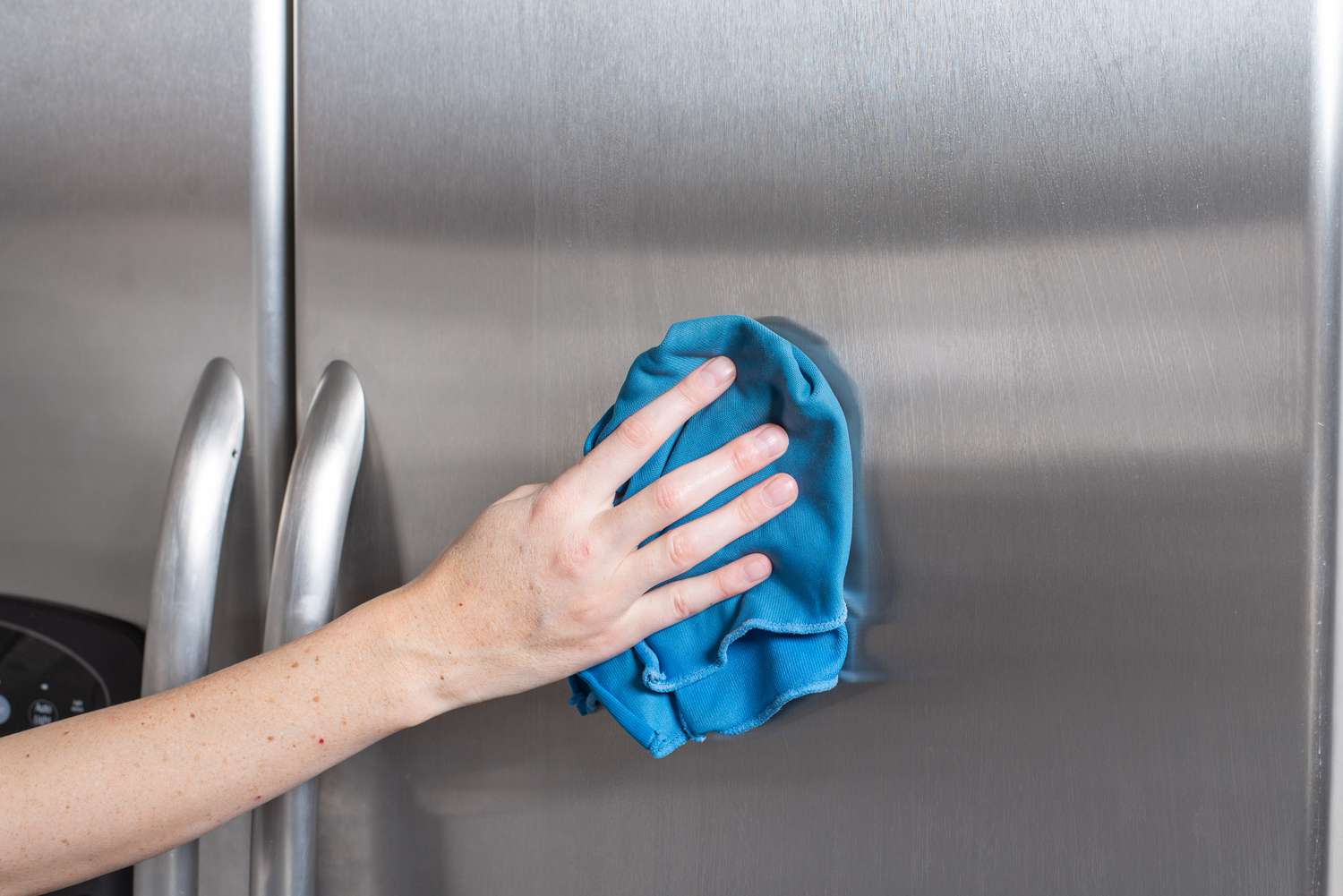
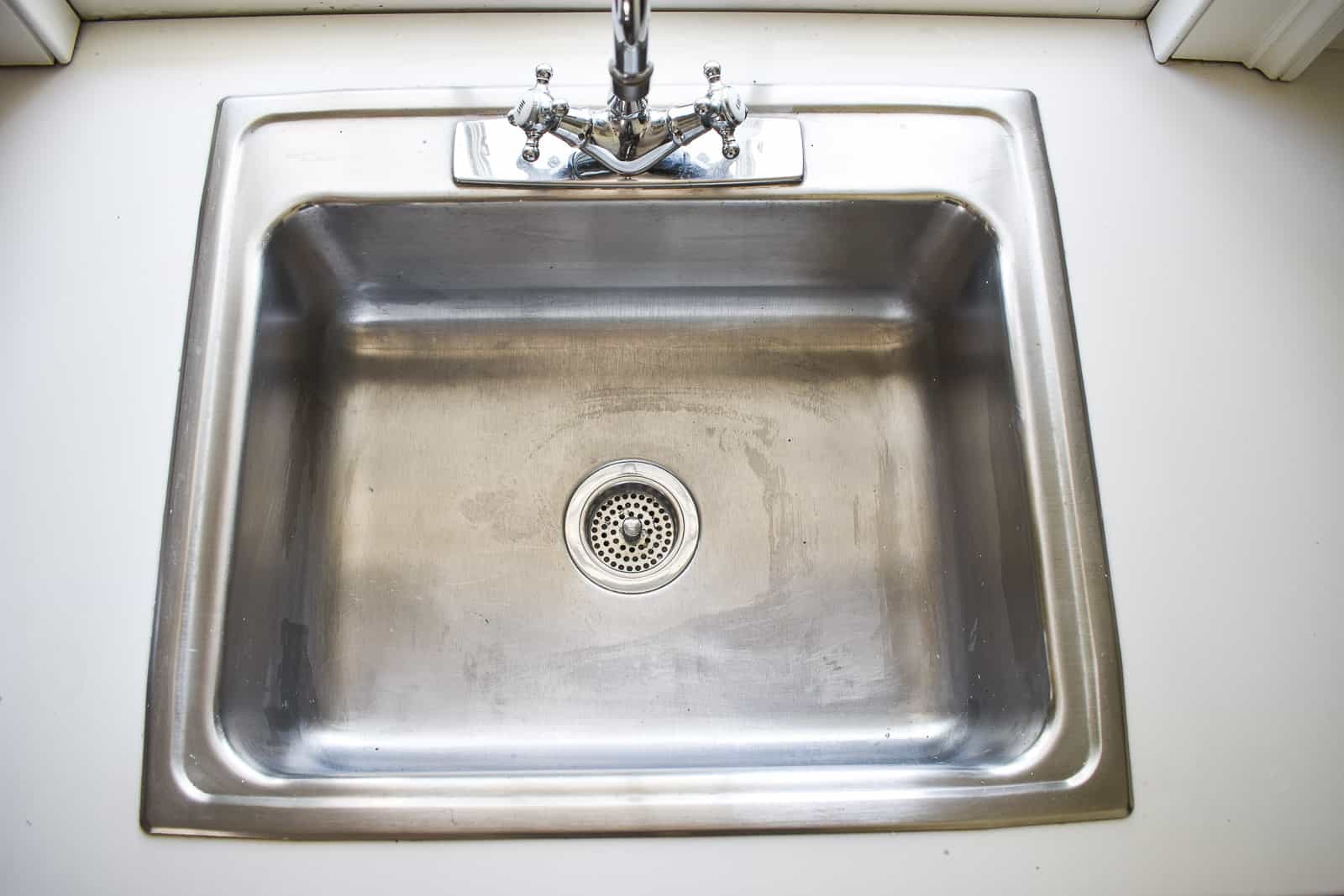
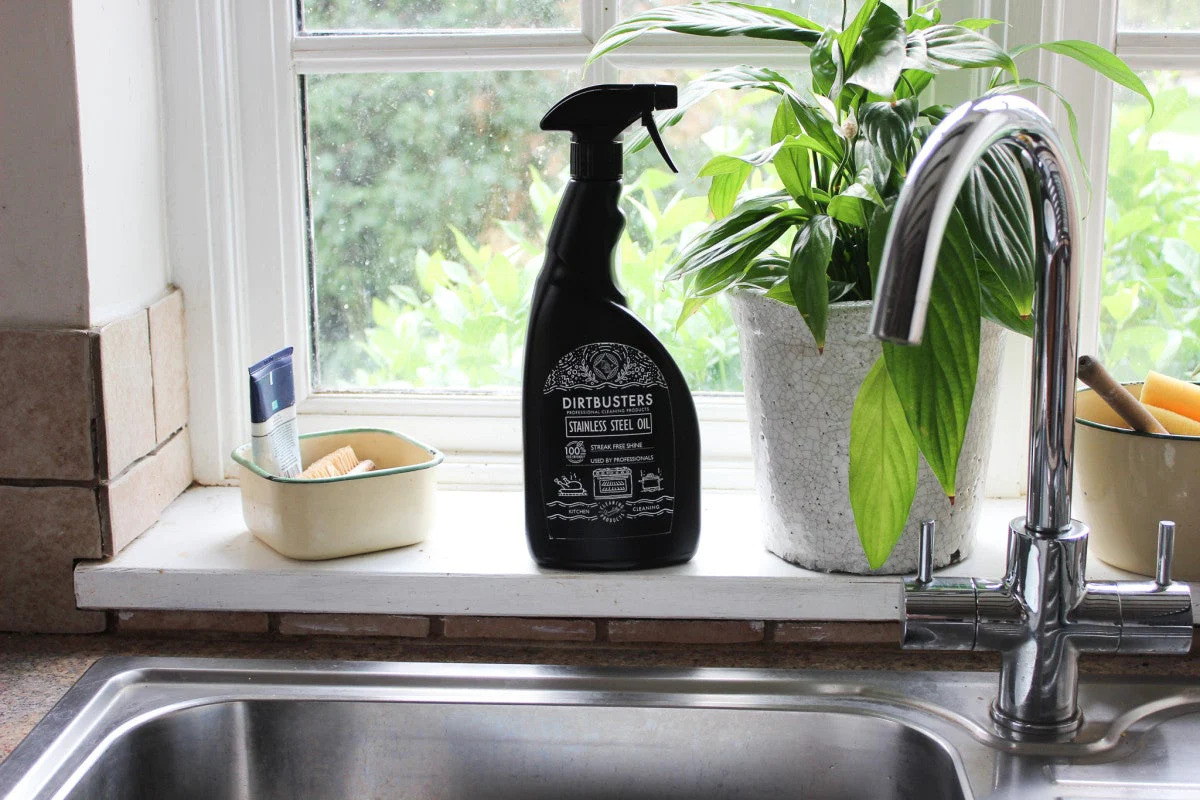
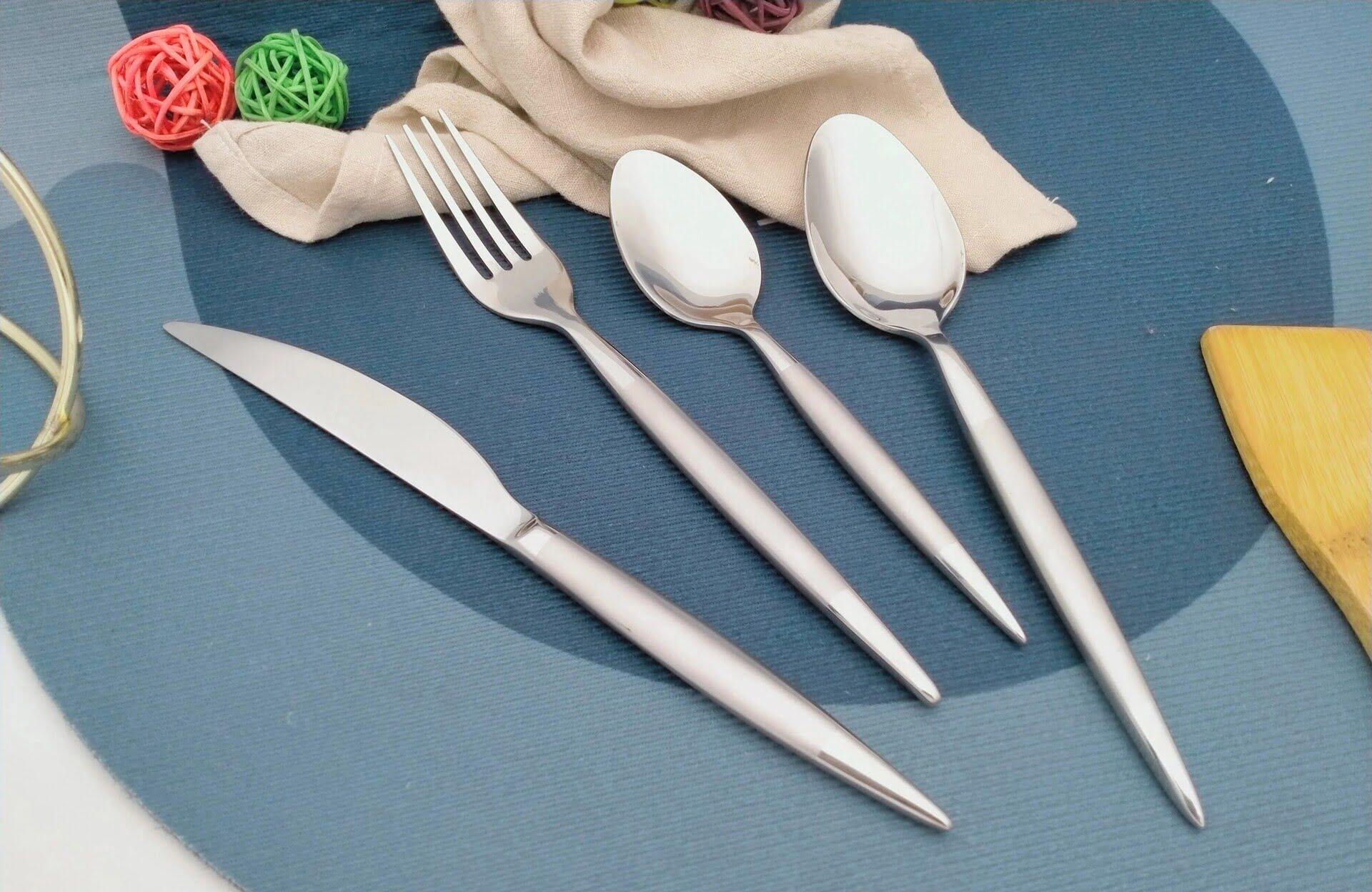

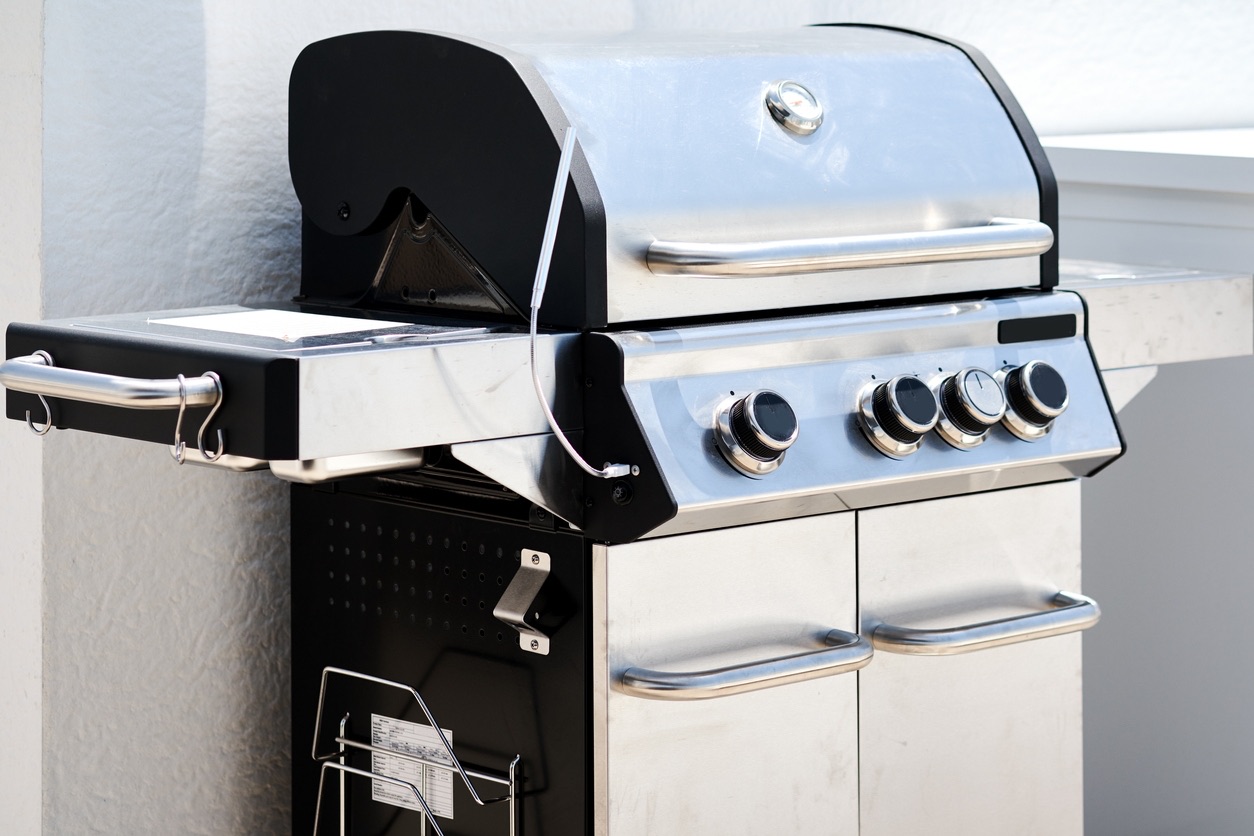




0 thoughts on “How Long Do Stainless Steel Chimney Liners Last”